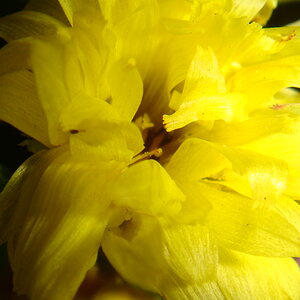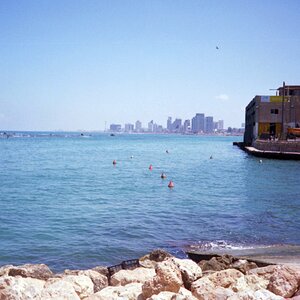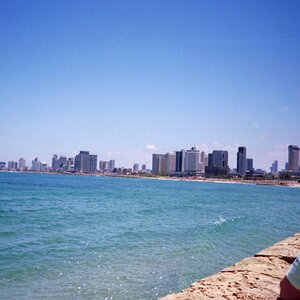den9
TPF Noob!
i will try that black out white film out, maybe it will be better for star trails.
im pretty dissapointed to hear veliva 50 is bad with reciprocity failure, i shoot night scenes 80 percent of the time. they also use a noritsu scanner where i send my film.
would taking multiple short exposures prevent failure? also any recommendations on filters? i heard 81A is a good filter? any examples or comments on that?
edit
Fuji Velvia 50
Up to 1 second - No exposure compensation required
From 4 seconds - +1/3 and 5M colour compensation filter
From 8 seconds - +1/2 and 7.5M colour compensation filter
From 16 seconds - +2/3 and 10M colour compensation filter
From 32 seconds - +1 and 12.5M colour compensation filter
Above 64 seconds - not recommended
what exactly are these filter numbers, i tried searching with no luck
im pretty dissapointed to hear veliva 50 is bad with reciprocity failure, i shoot night scenes 80 percent of the time. they also use a noritsu scanner where i send my film.
would taking multiple short exposures prevent failure? also any recommendations on filters? i heard 81A is a good filter? any examples or comments on that?
edit
Fuji Velvia 50
Up to 1 second - No exposure compensation required
From 4 seconds - +1/3 and 5M colour compensation filter
From 8 seconds - +1/2 and 7.5M colour compensation filter
From 16 seconds - +2/3 and 10M colour compensation filter
From 32 seconds - +1 and 12.5M colour compensation filter
Above 64 seconds - not recommended
what exactly are these filter numbers, i tried searching with no luck
Last edited:




![[No title]](/data/xfmg/thumbnail/37/37133-3388fda4190cd07dbd7950af7b6ca646.jpg?1619737884)
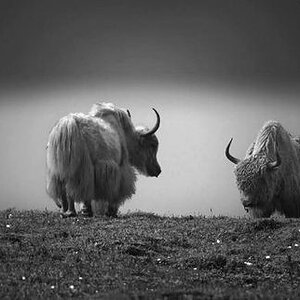
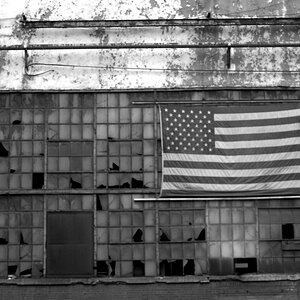
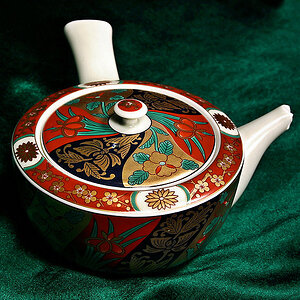
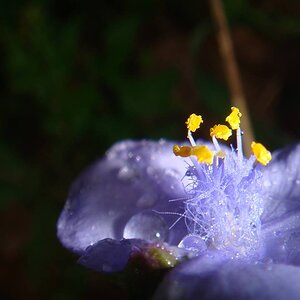
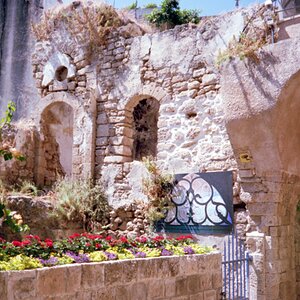
![[No title]](/data/xfmg/thumbnail/31/31019-2d026027bccbe16cea34daffbab9e4f0.jpg?1619734573)
